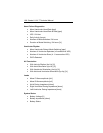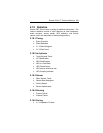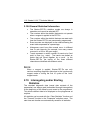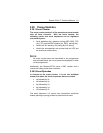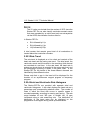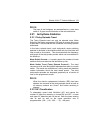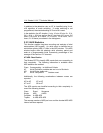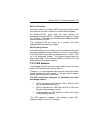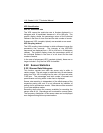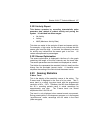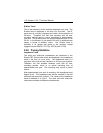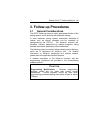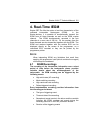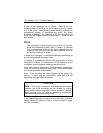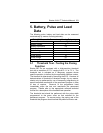
116 Stratos LV/LV-T Technical Manual
VES Classification
VES vs. Ventricular rate
The VES versus the ventricular rate is likewise displayed in a
histogram with 16 equidistant classes of < 40 to 180 ppm. The
graphic display shows the percentage values of the individual
classes in the form of a bar chart and the total number of events.
Subsequent VES’ (couplets, triplets) are recorded as one event.
VES Coupling Interval
The VES coupling interval shows in which millisecond range the
prematurity has occurred. The intervals of the VES-VES
sequences are displayed from < 200 to 1040 ms in 24 histogram
classes. The graphic display shows the percentage values of
the individual classes in the form of a bar chart and the total
number of events.
In the case of subsequent VES’ (couplets, triplets), these are no
longer included. Only the first VES is classified.
2.22 Sensor Statistics
2.22.1 Sensor Rate Histogram
This function records how often the sensor rate is within in
certain ranges. The rate range is subdivided into 16 rate classes
going from 40 to 180, including bins for rates < 40 bpm and rates
>180 bpm. The percentage and total number of sensed and
paced events occurring within a rate class is displayed.
Sensor rate recording is independent of the effectiveness of the
respective pacing rate, and it is not influenced by inhibition of
pacing due to spontaneous events. Rate data are also recorded
in non-rate-adaptive modes.
Recording stops when the memory available for recording the
sensor rates is full. Recordings can be stored for several years.
The frequency distribution of the sensor rates can be displayed
as a diagram during follow-up examinations.



